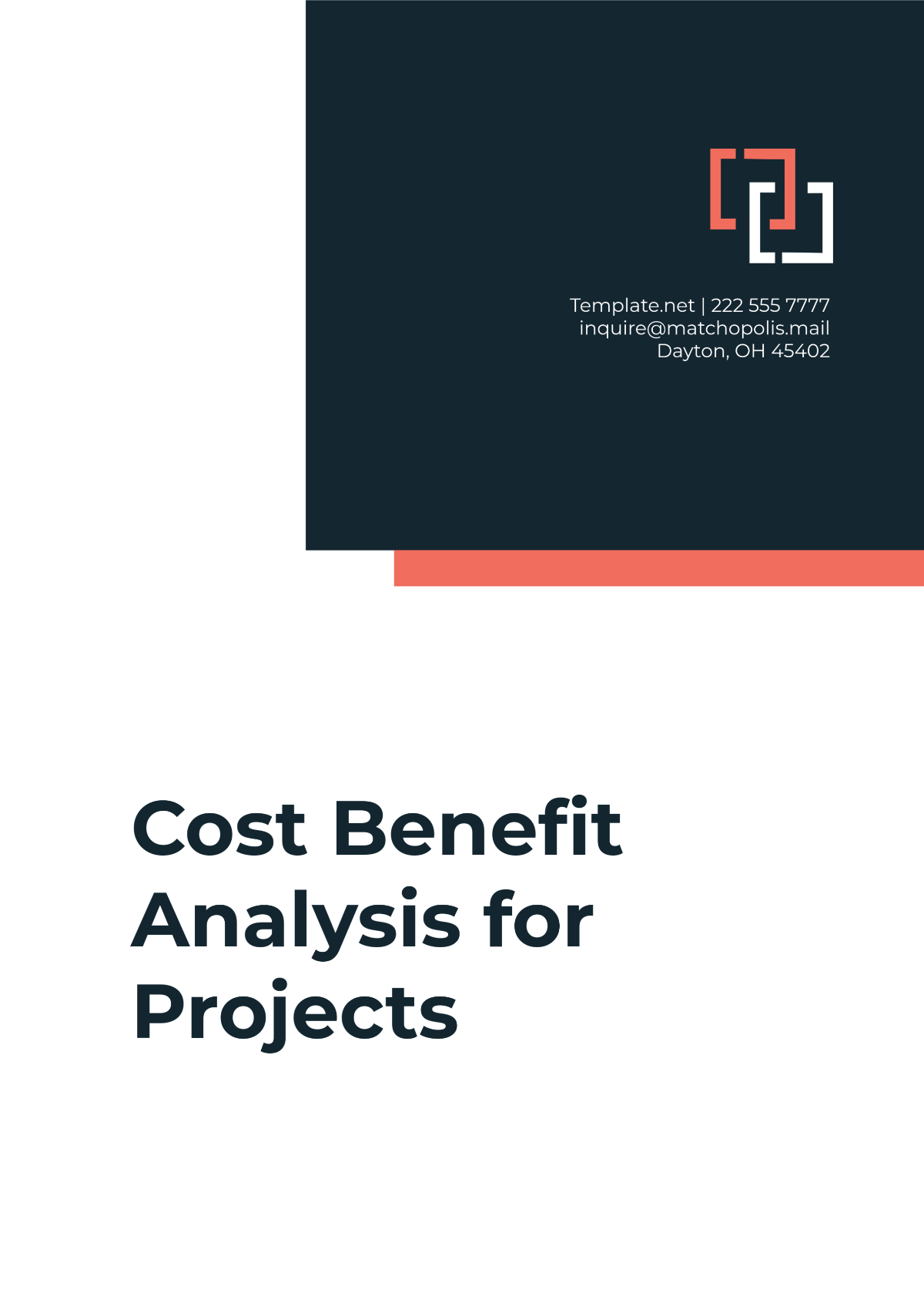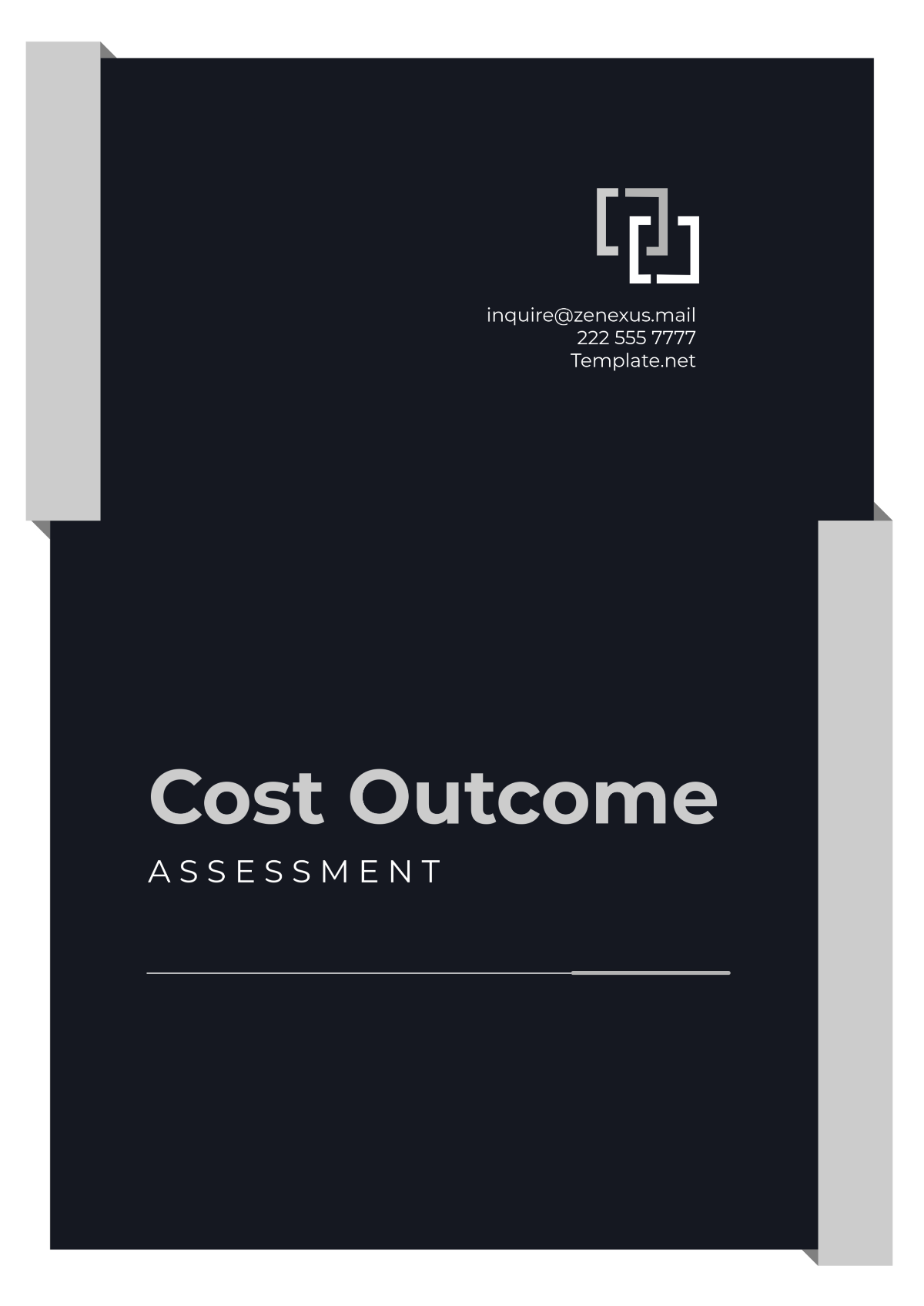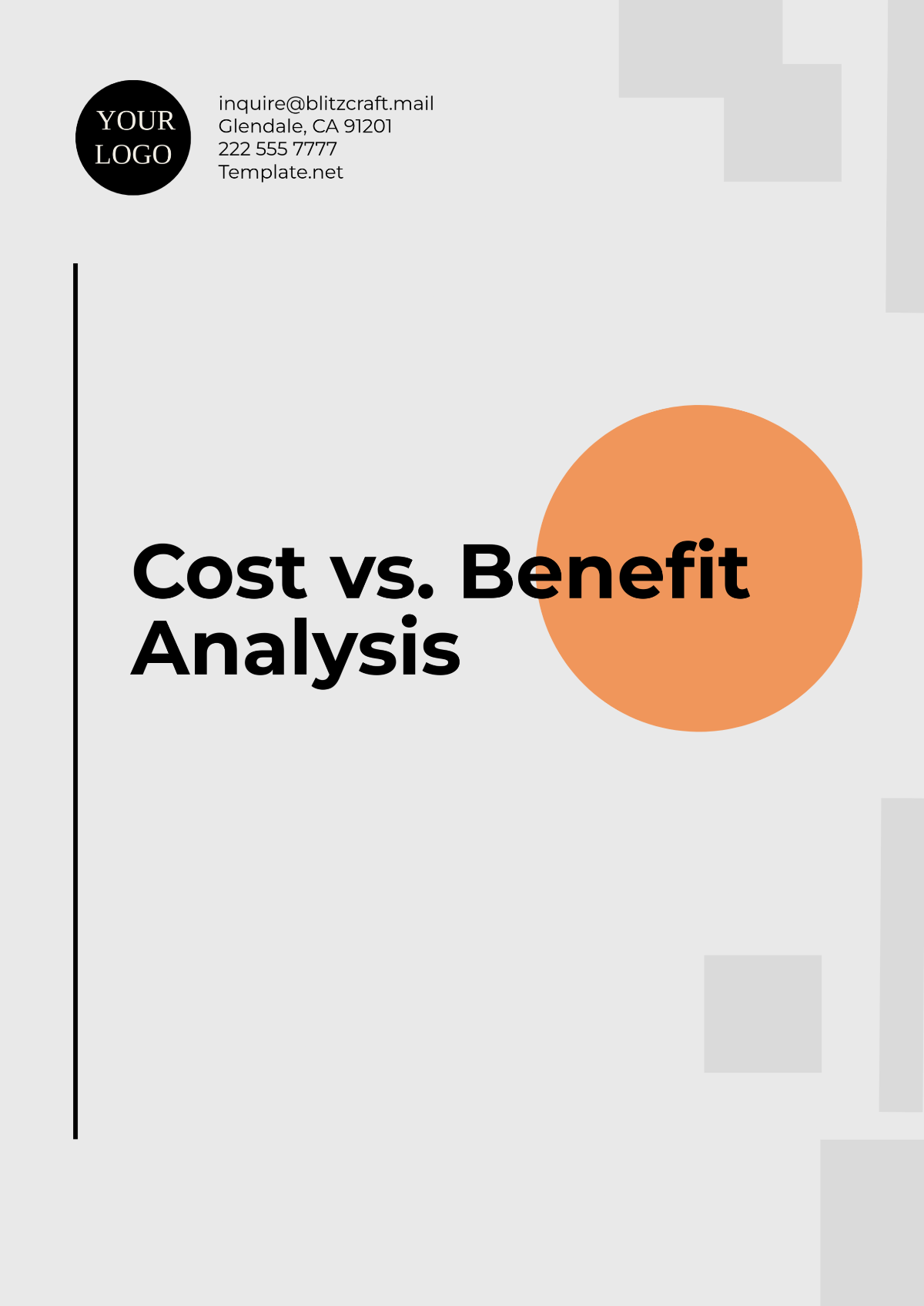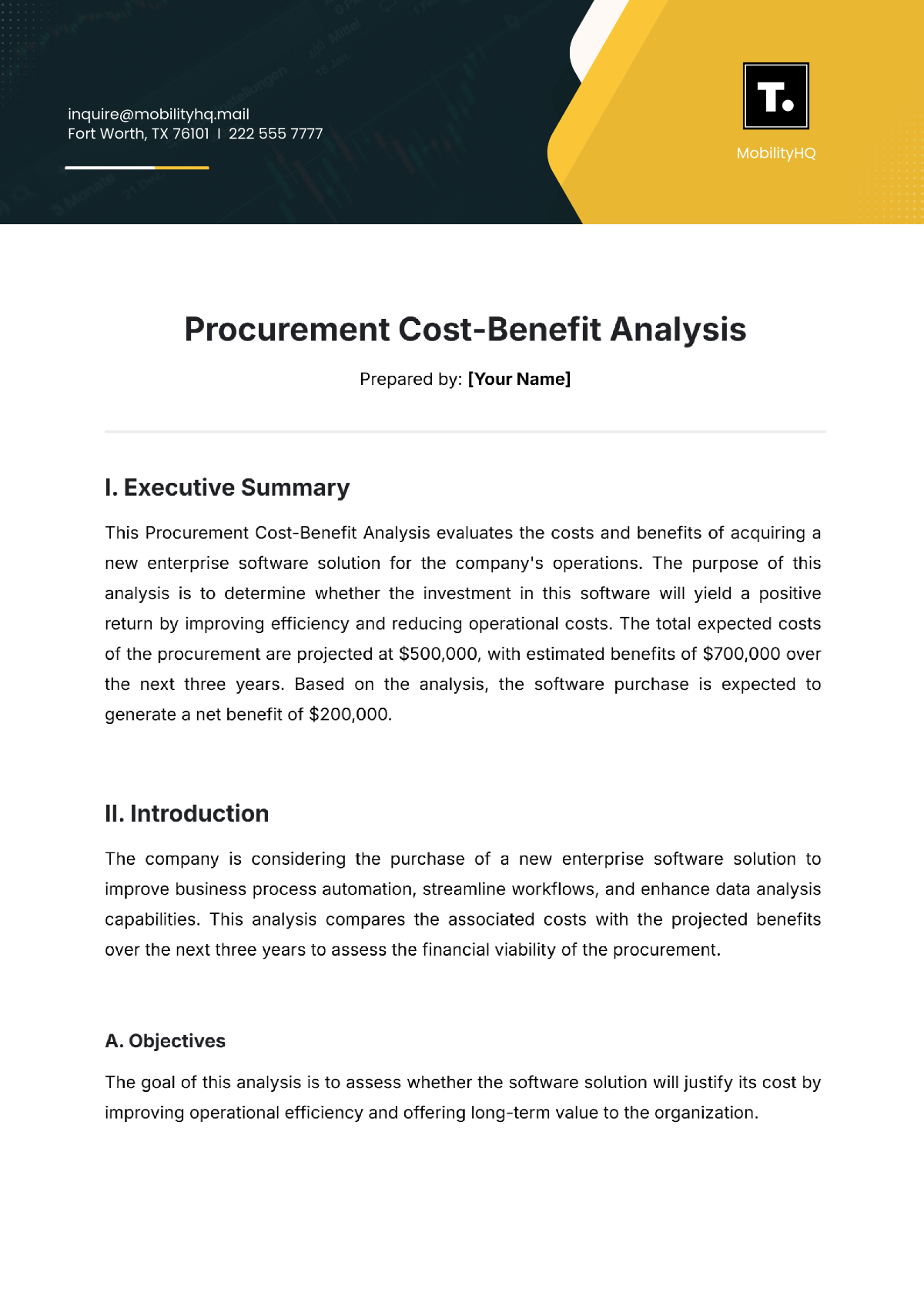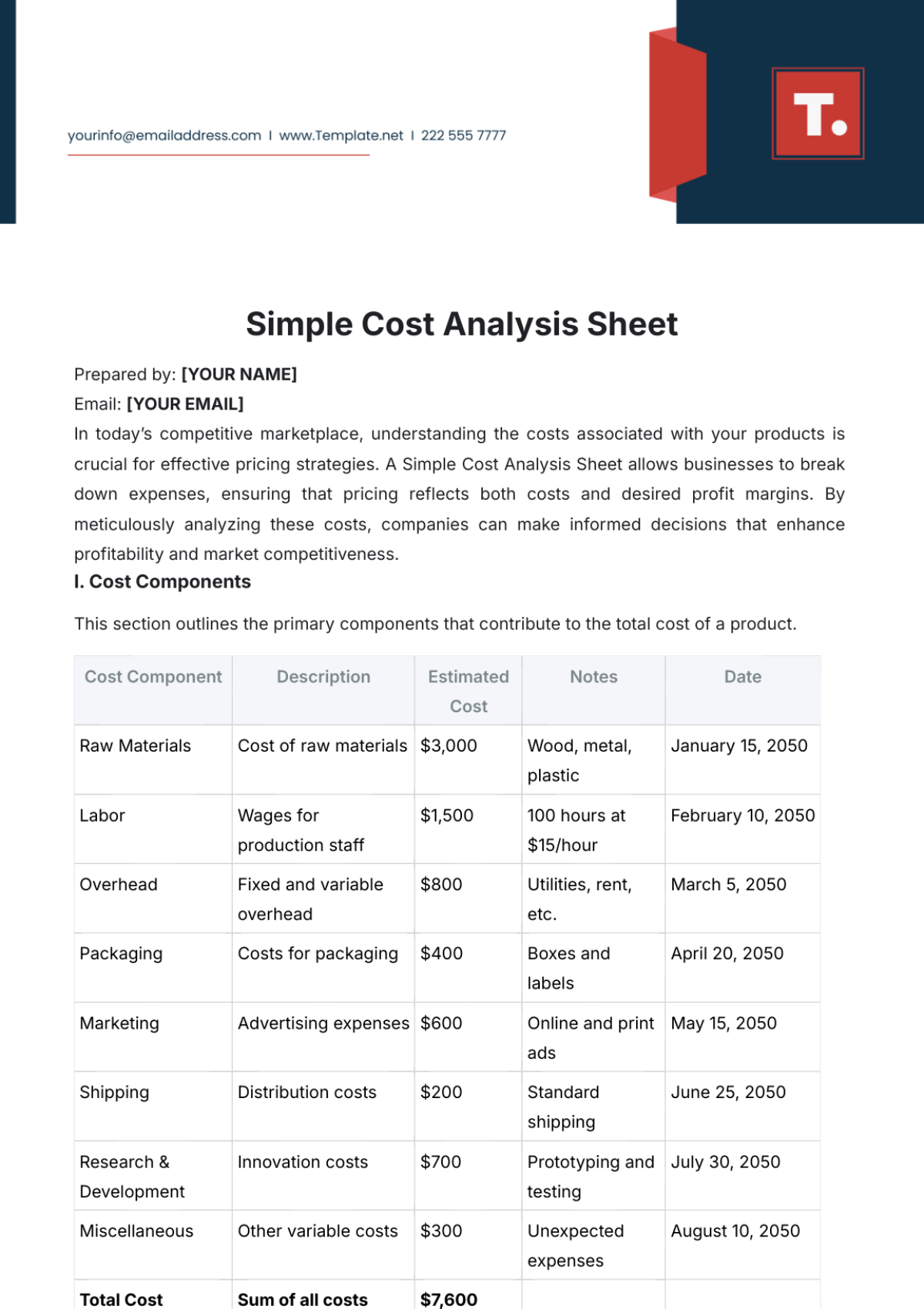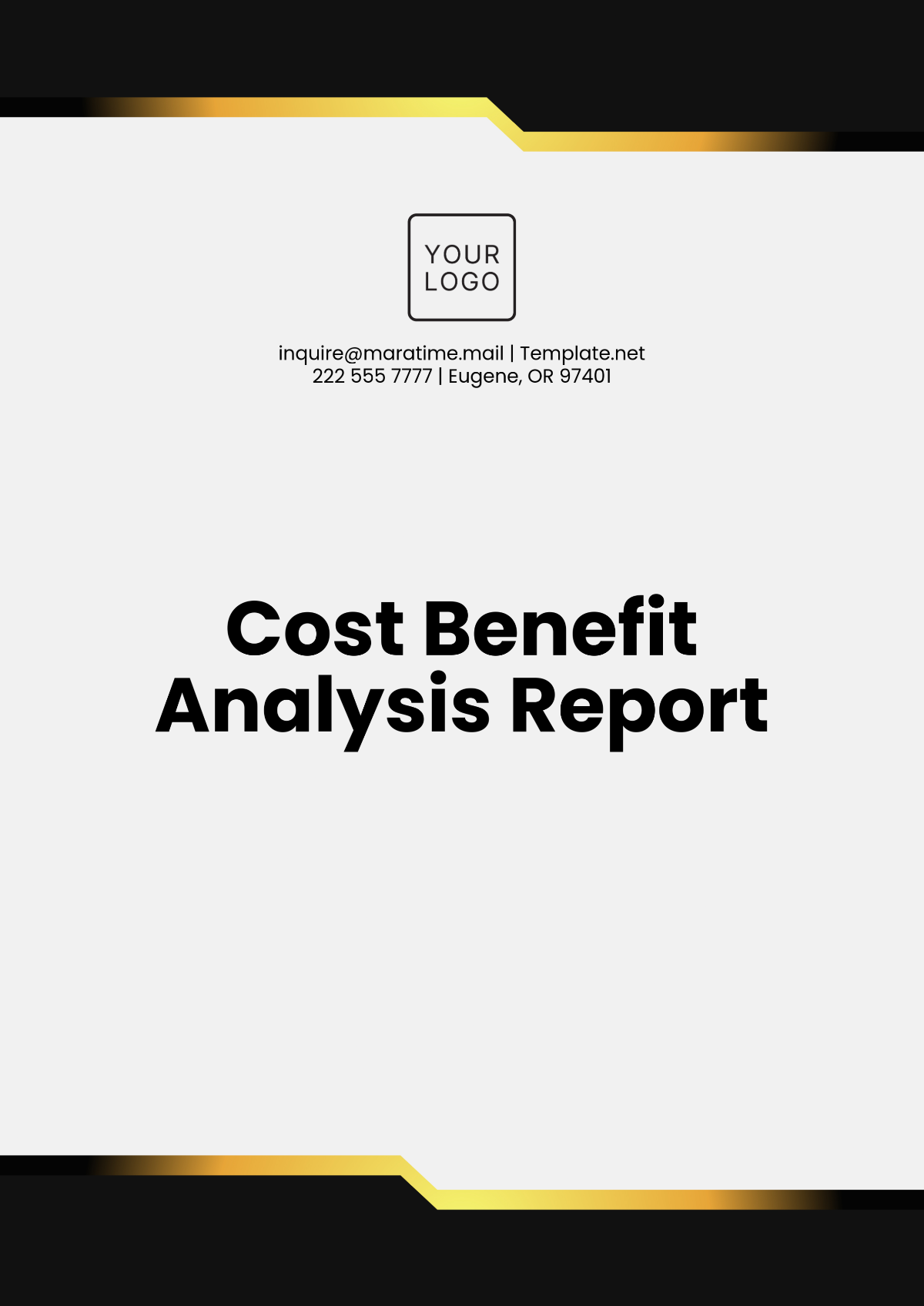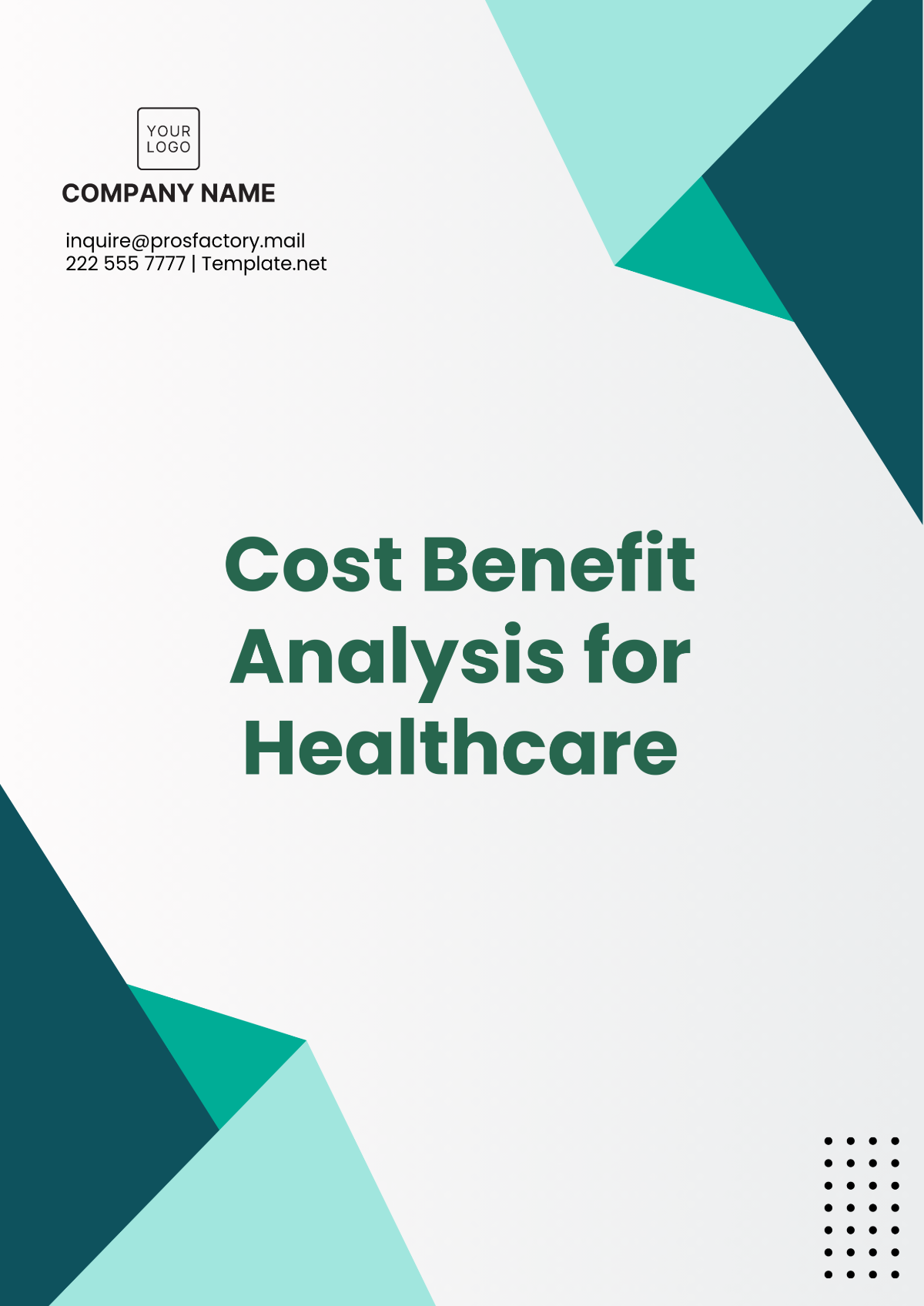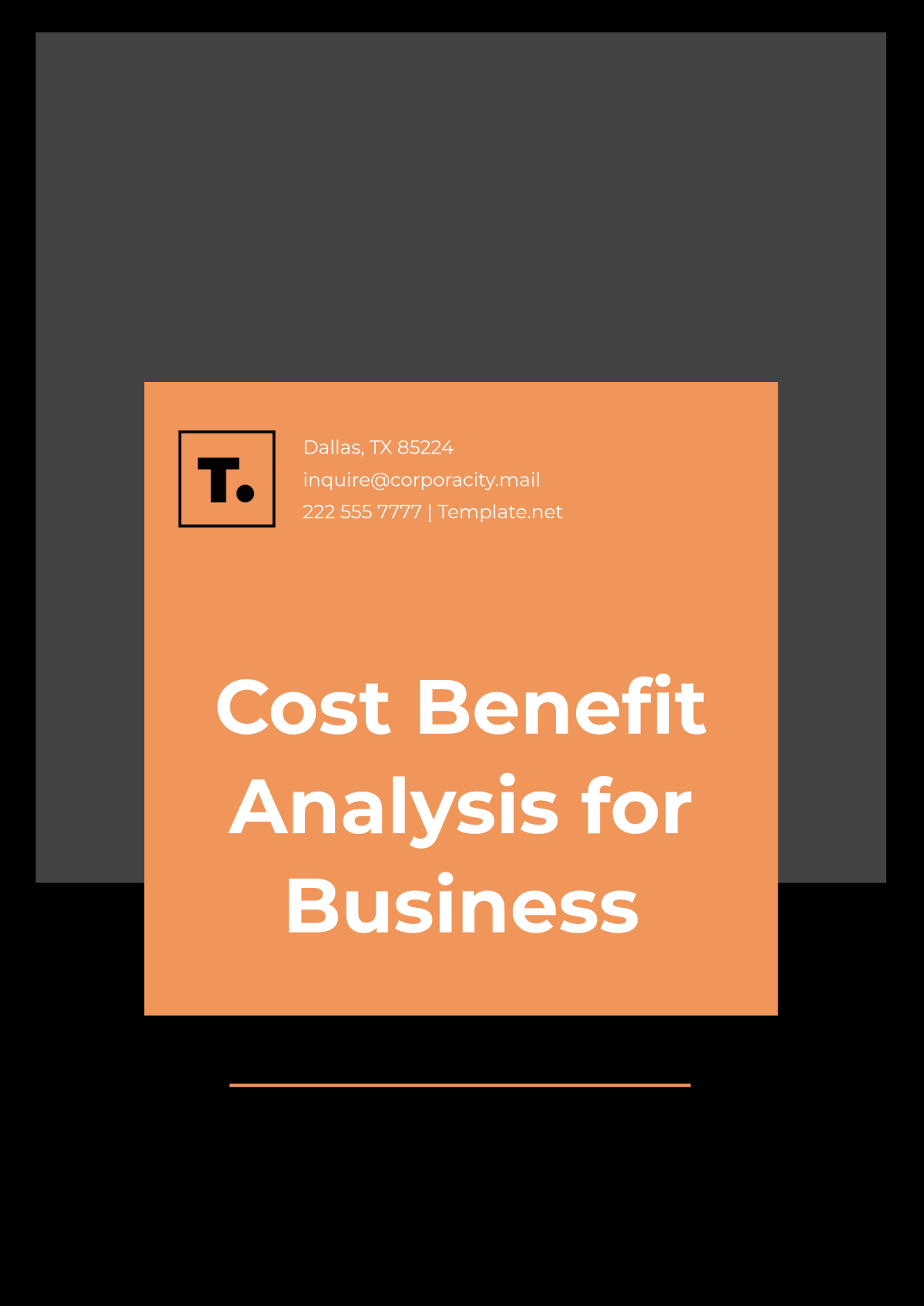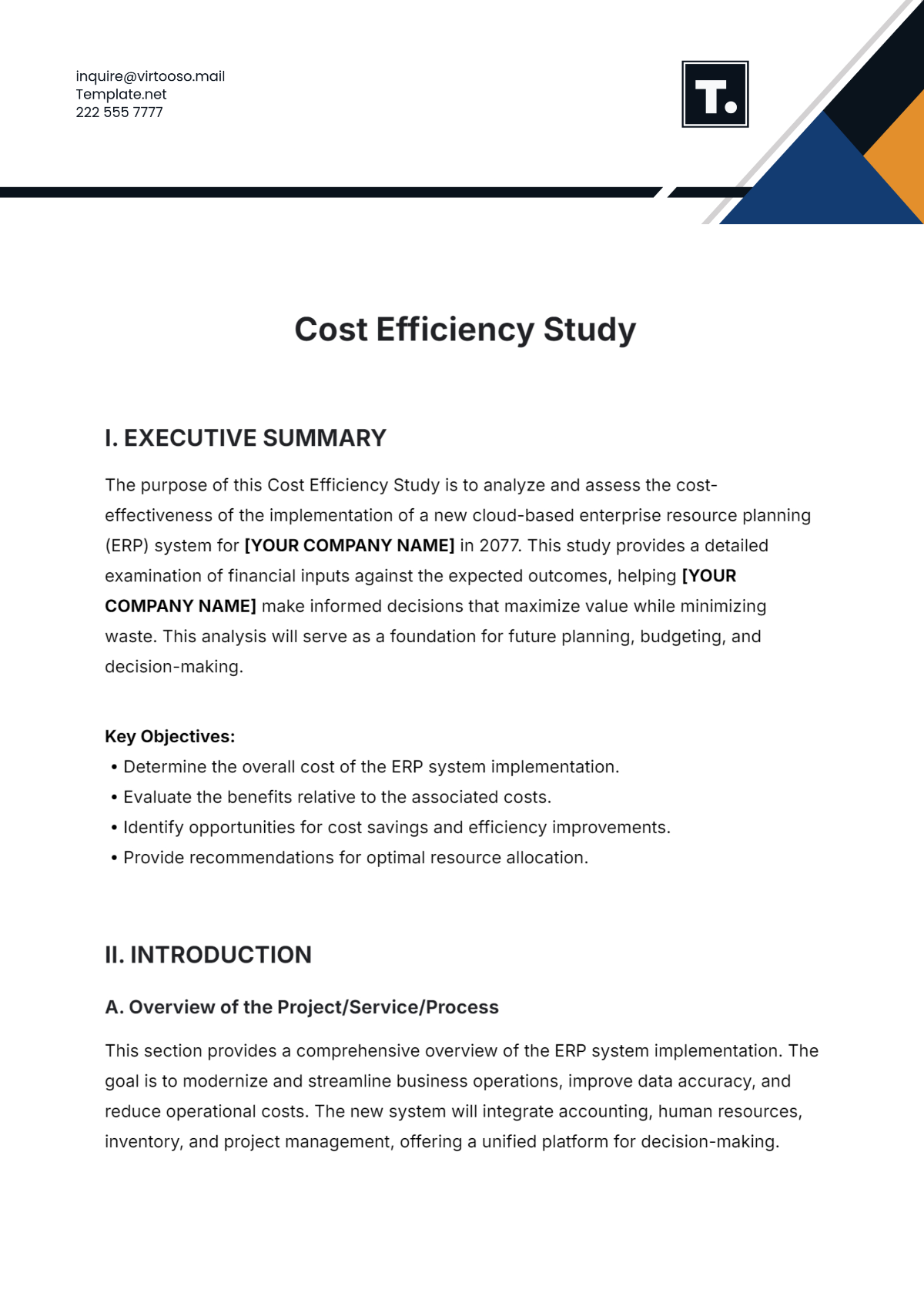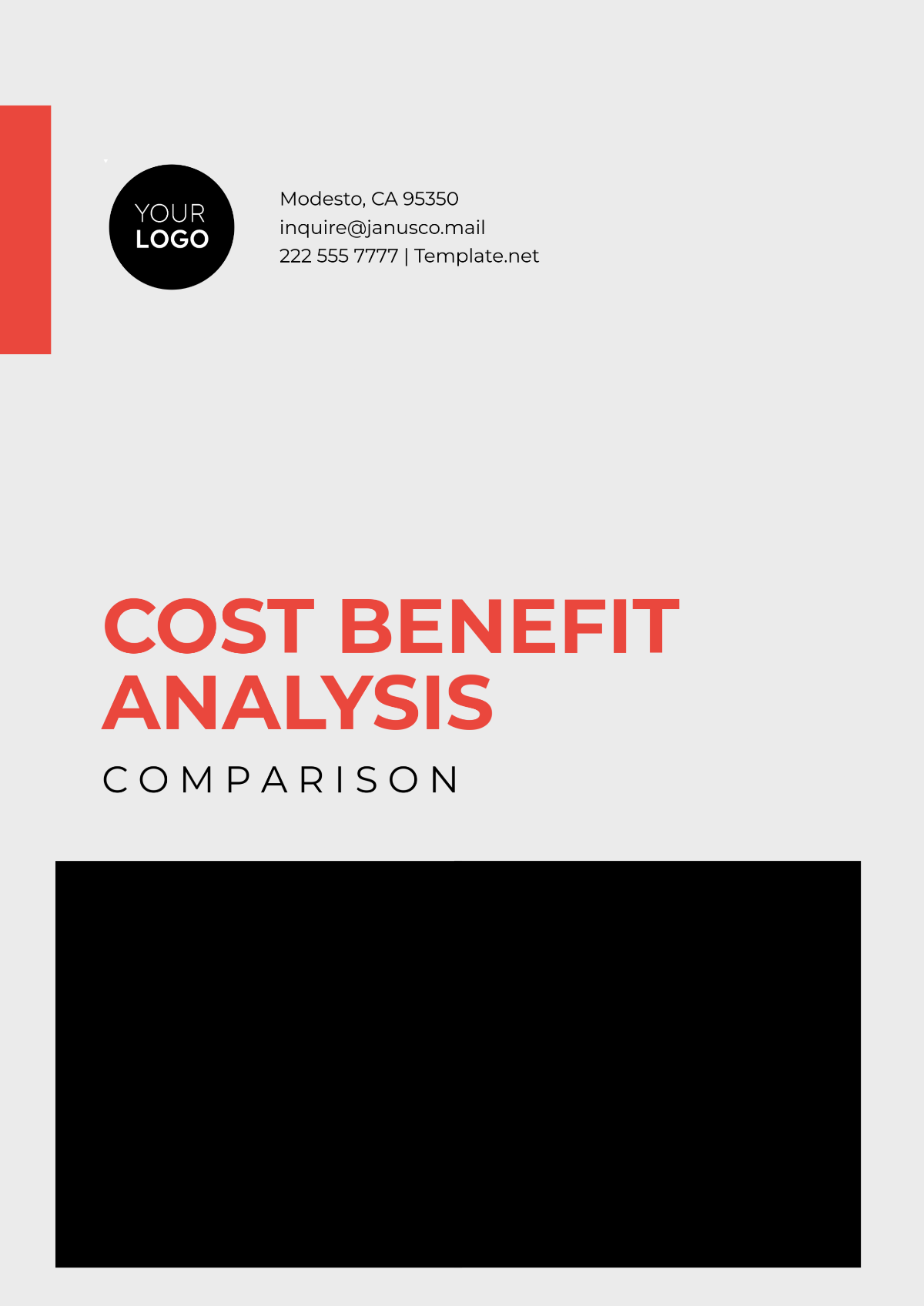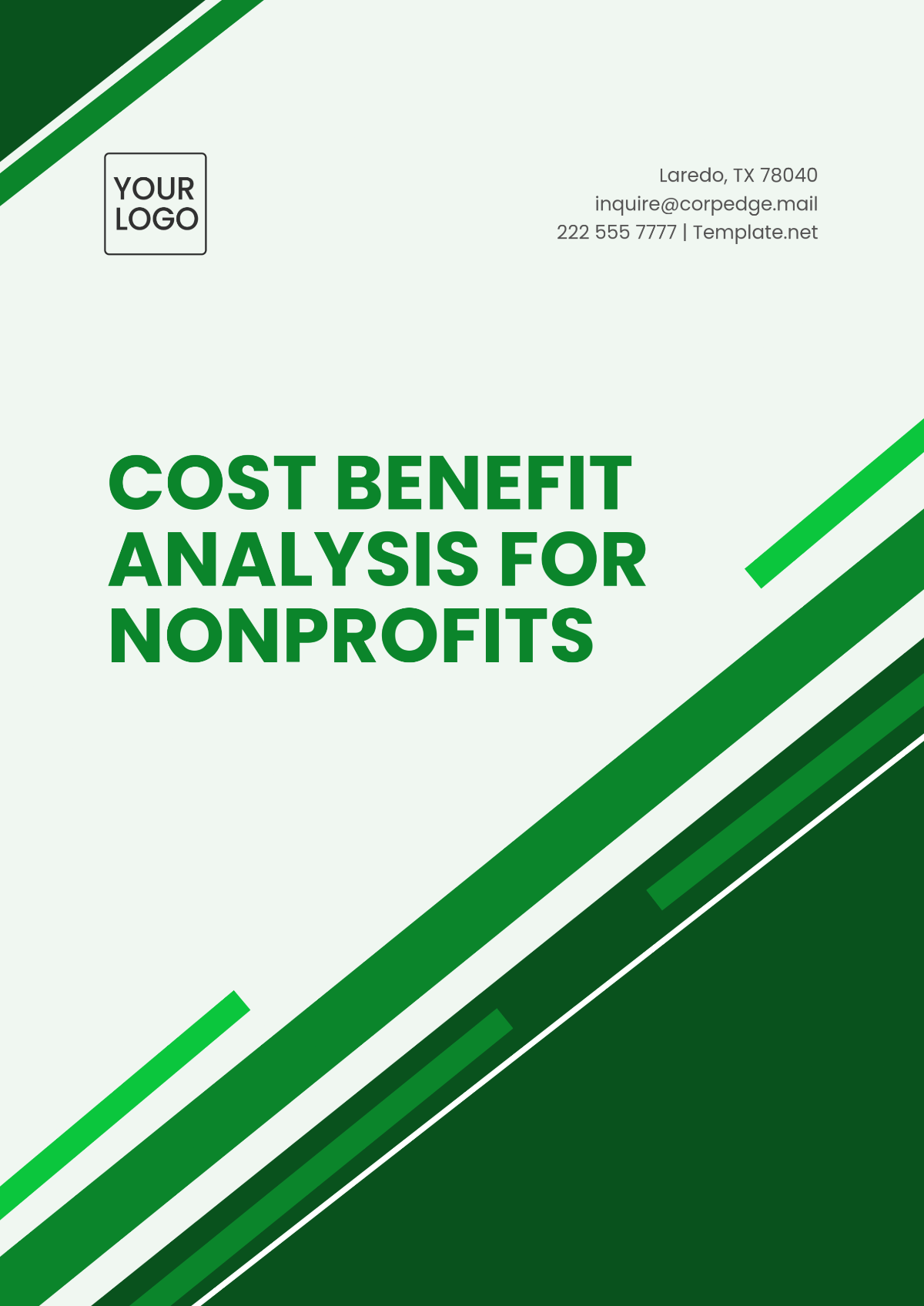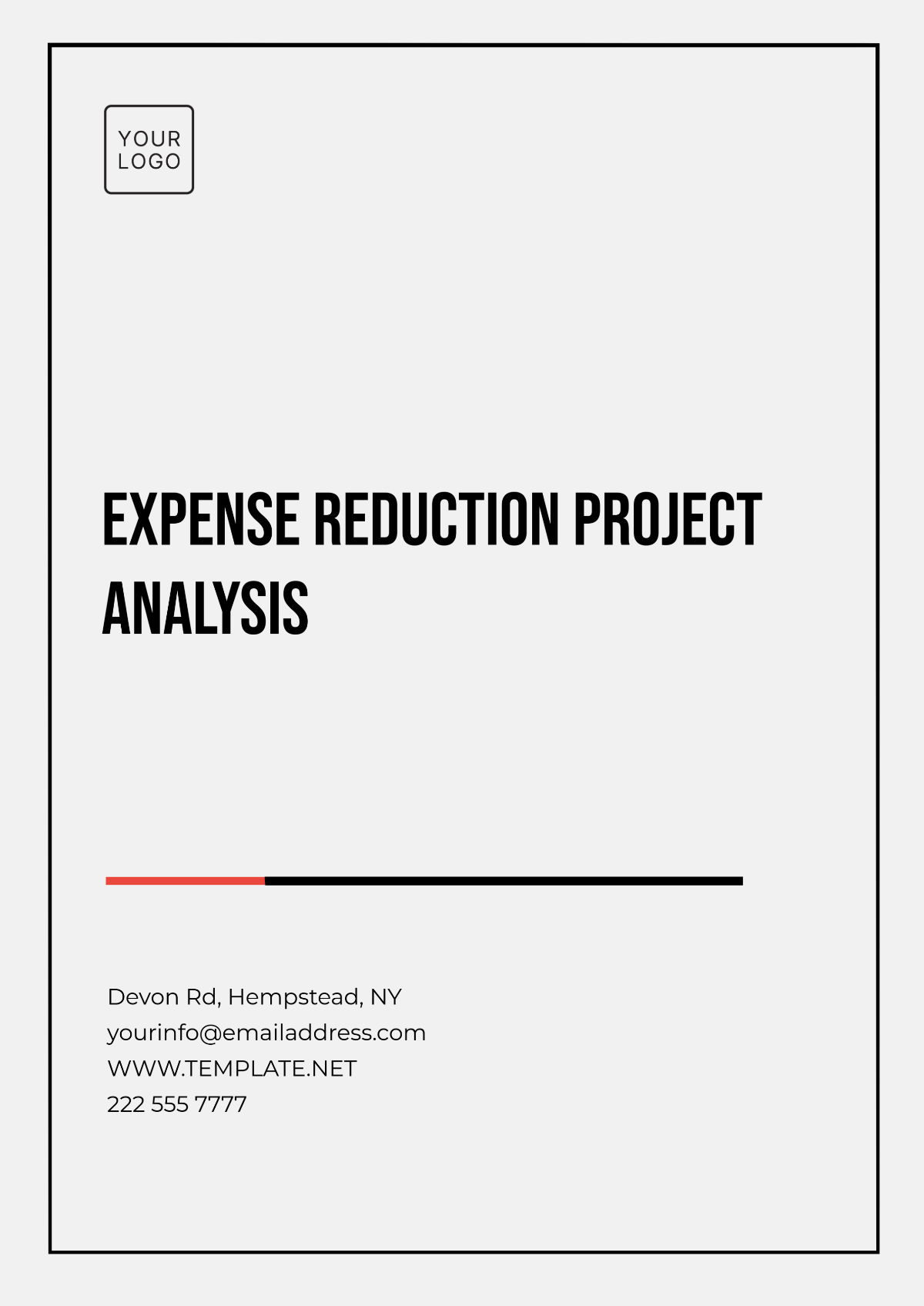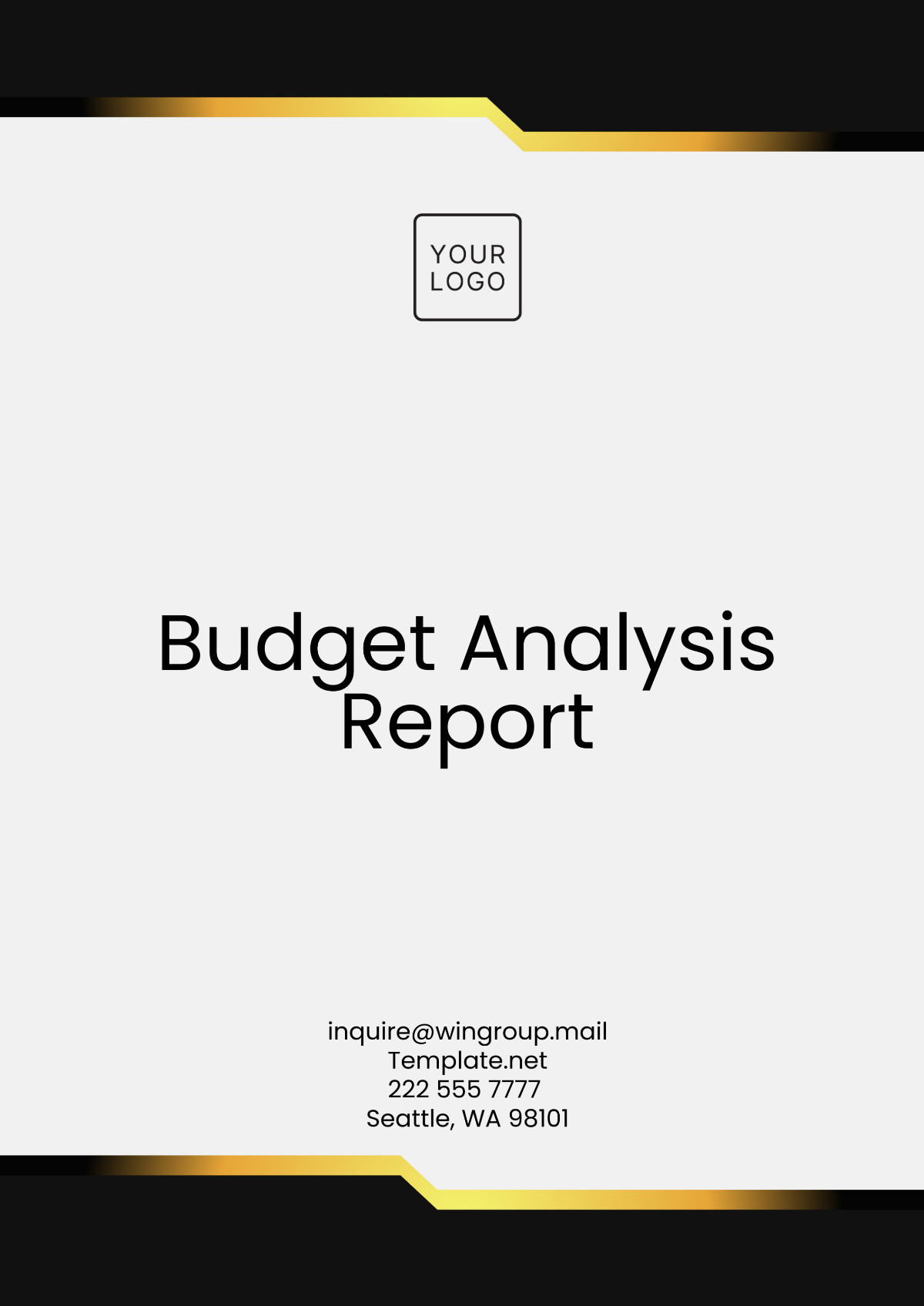Cost Benefit Analysis for Social Projects
Date: April 15, 2068
I. Executive Summary
This cost-benefit analysis evaluates "Future Bright Program", a social initiative aimed at reducing youth unemployment in Chandler, Arizona. The analysis assesses the program's financial feasibility and its potential to drive long-term societal benefits, particularly in economic empowerment and social stability.
Objective:
To determine if the benefits of implementing the Future Bright Program outweigh the associated costs, ensuring the project is both impactful and sustainable.
II. Project Description
A. Background
Youth unemployment in Los Angeles has surged to 22% in recent years, leading to economic stagnation and social challenges. Many young people lack access to job training and placement opportunities.
Issue: High unemployment and lack of career pathways for youth aged 16–25.
Target Population: Approximately 50,000 unemployed youth in Los Angeles.
Current Challenges: Limited job opportunities, lack of mentorship programs, and a skills gap in the workforce.
B. Project Scope and Goals
Scope: To provide job training, career counseling, and apprenticeship opportunities for 20,000 participants annually.
Goals:
Reduce youth unemployment by 15% within three years.
Equip participants with skills for high-demand industries.
Foster partnerships with 200 local businesses.
C. Proposed Interventions
Establishing 10 training centers across Los Angeles.
Developing a mentorship program connecting youth with industry professionals.
Partnering with businesses to create apprenticeship opportunities.
III. Cost Analysis
A. Direct Costs
Personnel Costs: $6,000,000 annually for trainers, mentors, and administrative staff.
Materials and Supplies: $1,500,000 annually for training equipment and resources.
Infrastructure: $10,000,000 for building and maintaining training centers.
Training and Development: $2,000,000 for curriculum development and digital tools.
B. Indirect Costs
Administrative Costs: $500,000 annually for management and coordination.
Utilities and Maintenance: $800,000 annually for operational expenses.
C. Opportunity Costs
Investing in this program may limit funding for other community initiatives such as housing projects or health campaigns.
IV. Benefit Analysis
A. Quantifiable Benefits
Increase in Employment: $50,000,000 in annual wages generated by program graduates.
Reduction in Social Service Costs: $7,000,000 saved annually in unemployment benefits.
Economic Growth: $25,000,000 in annual tax revenues from employed participants.
B. Qualitative Benefits
Improved Quality of Life: Participants gain financial independence, leading to better living standards.
Community Cohesion: Reduced crime rates as youth engage in productive activities.
Educational Attainment: Enhanced skills encourage continued learning and growth.
V. Comparative Analysis
A. Alternatives Considered
"SkillUp Initiative": Focuses on digital skills training only, costing $15,000,000 but limited to 5,000 participants.
"WorkSmart Program": Offers online courses with minimal mentorship, costing $8,000,000 but lacking real-world training.
B. Rationale for Selecting This Project
The Future Bright Program was chosen for its comprehensive approach, addressing both skill development and employment opportunities while benefiting a larger target group.
VI. Sensitivity Analysis
A. Key Assumptions
A 15% reduction in unemployment will directly correlate with increased tax revenues.
Partnership commitments from local businesses will remain stable.
Program participation rates will exceed 80%.
B. Scenario Analysis
Best-Case Scenario: Unemployment reduces by 20%, generating $60,000,000 in annual wages.
Worst-Case Scenario: Only 50% of participants secure employment, reducing benefits by half.
Most Likely Scenario: Project achieves a 15% unemployment reduction as planned.
VII. Results and Recommendations
A. Cost-Benefit Ratio
2.5:1 (For every $1 spent, $2.50 in benefits are generated).
B. Net Present Value (NPV)
$120,000,000 over five years, considering inflation and program scalability.
C. Recommendation
It is recommended to approve the Future Bright Program for implementation, given its strong potential to drive social and economic benefits.
VIII. Implementation Plan
A. Timeline
June 2068: Project Launch and Initial Setup.
July–December 2068: Recruitment and Training Center Construction.
January 2069: Training and Mentorship Programs Begin.
January 2070: First Performance Evaluation.
B. Monitoring and Evaluation
Key Performance Indicators (KPIs):
Employment rate of participants within six months.
Number of partnerships formed with businesses.
Participant satisfaction scores.
Evaluation Plan:
Biannual surveys, audits, and reports to track progress and refine strategies.
IX. Appendices
Detailed Cost Breakdown
Supporting Data and Research
Stakeholder Feedback Summaries
Glossary of Terms
For further inquiries or assistance with this analysis, please contact:
[YOUR NAME]
Position: School Administrator
Organization: [YOUR COMPANY NAME]
Email: [YOUR EMAIL]

